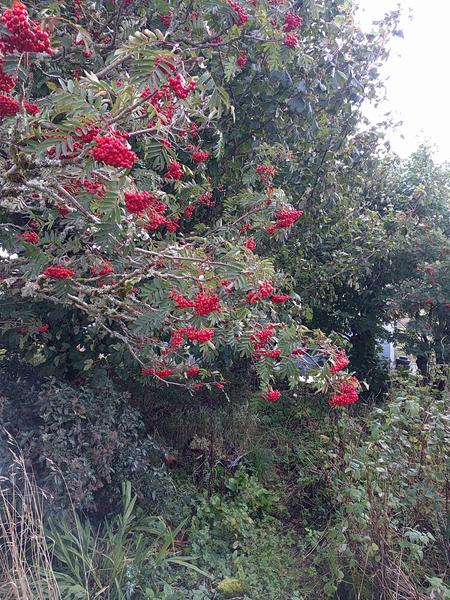
 12
12




Small-holding, coppice and grassland management on a 16-acre site.

 4
4




How Permies works: https://permies.com/wiki/34193/permies-works-links-threads
My projects on Skye: The tree field, Growing and landracing, perennial polycultures, "Don't dream it - be it! "
 10
10






 10
10




Skandi Rogers wrote:...it is an excellent replacement for wine in recipes as it has some of the same tannic taste.
Small-holding, coppice and grassland management on a 16-acre site.
 10
10




Nancy Reading wrote:I've tried a couple of times to make rowan jelly, but have both times felt it was a waste of sugar! I just can't get myself to like the taste at all. I even bought some, thinking it might have been something I did, but that was just the same. ...
--
"Whitewashed Hope: A Message from 10+ Indigenous Leaders and Organizations"
https://www.culturalsurvival.org/news/whitewashed-hope-message-10-indigenous-leaders-and-organizations

 6
6




 5
5




Nancy Reading wrote:I even bought some, thinking it might have been something I did, but that was just the same ...
--
"Whitewashed Hope: A Message from 10+ Indigenous Leaders and Organizations"
https://www.culturalsurvival.org/news/whitewashed-hope-message-10-indigenous-leaders-and-organizations












 4
4





How Permies works: https://permies.com/wiki/34193/permies-works-links-threads
My projects on Skye: The tree field, Growing and landracing, perennial polycultures, "Don't dream it - be it! "

|
Pay attention! Tiny ad!
montana community seeking 20 people who are gardeners or want to be gardeners
https://permies.com/t/359868/montana-community-seeking-people-gardeners
|







